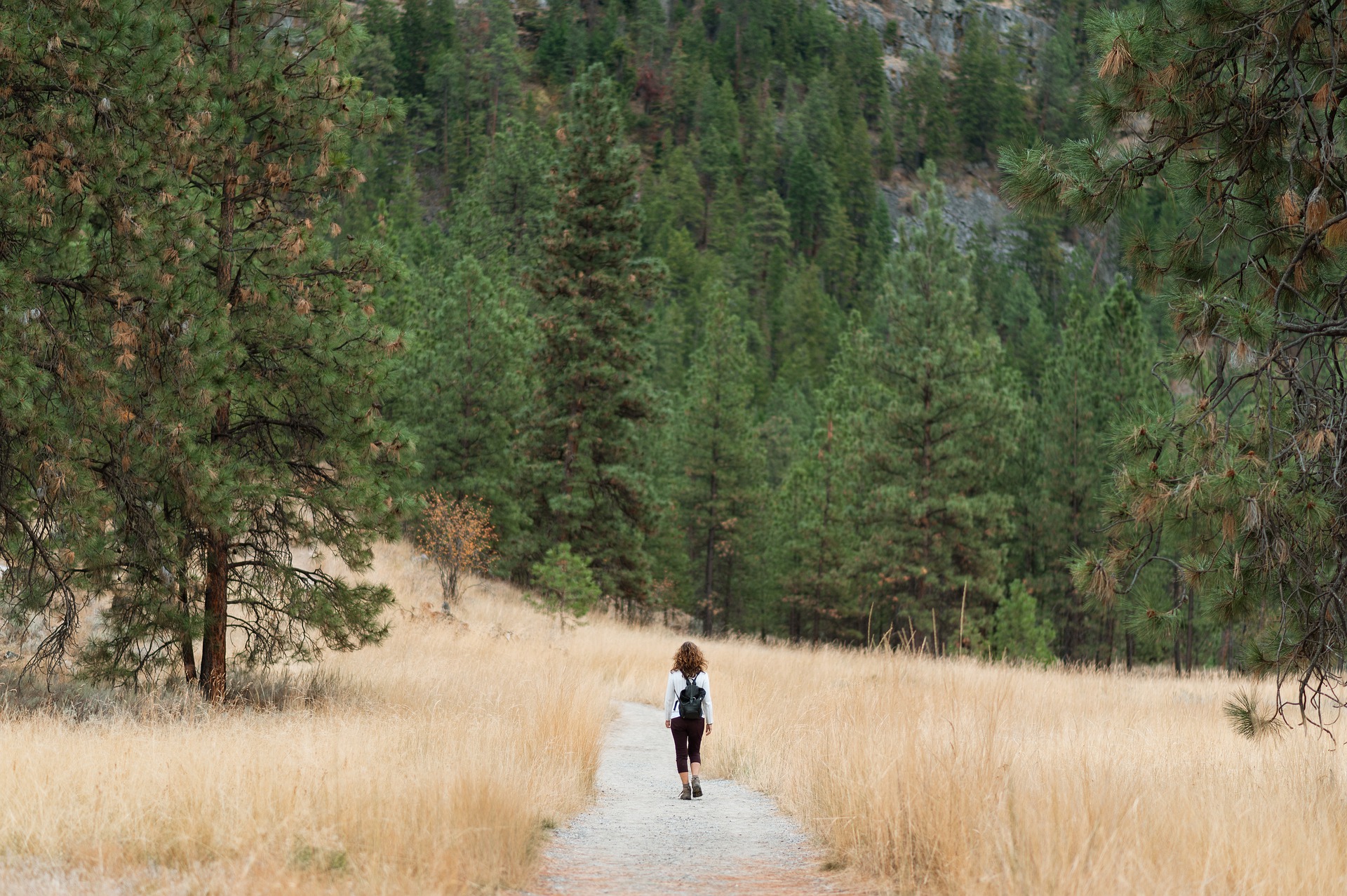Rediscovering Historic Trails: A Journey through Time and Terrain
Journeys often lead to discoveries, and when those journeys trace the paths of our ancestors, the discoveries are not just new; they're also deeply resonant. Historic trails offer travelers a chance to step back in time while enjoying the pleasures and challenges of exploration. This article embarks on a journey through the world of historic trails, delving into their background, current trends, and the unique experiences they offer.

Delving into History: The Background of Historic Trails
Historic trails are paths that have been used for travel over a long period, often centuries, and have historical significance. They have served as trade routes, migration paths, military roads, and pilgrimage routes. Some of the most famous historic trails include the Silk Road that connected East and West, the Inca Trail in Peru, and the Camino de Santiago in Spain. They have been instrumental in shaping civilizations, cultures, and human history.
Trailing the Trends: The Resurgence of Historic Trails
In recent years, there’s been a resurgence of interest in historic trails. This trend is driven by the desire to reconnect with nature, immerse in history, and experience a sense of adventure. It’s a form of travel that offers more than just sightseeing—it’s about experiencing a different pace of life, understanding different cultures, and being part of a continuing story.
Advantages and Challenges: The Impact of Historic Trails on Travelers
Walking a historic trail is a rewarding experience, but it also has its challenges. The advantages are numerous: it’s a great way to exercise while immersing yourself in natural beauty and historical intrigue. It also provides opportunities for reflection and personal growth. However, it’s essential to prepare physically and mentally for the long distances, changing terrains, and possible weather changes. Research and planning are crucial to ensure a safe and enjoyable journey.
Interesting Aspects of Historic Trails
-
Many historic trails have become UNESCO World Heritage Sites, protecting their historical, cultural, and natural significance.
-
Walking historic trails is a sustainable way of traveling, reducing carbon footprint.
-
Some trails, like the Appalachian Trail in the U.S., encourage “trail magic,” where locals offer unexpected acts of generosity to hikers.
-
Trails like the Camino de Santiago have “passport” systems, where walkers collect stamps at different points, serving as a unique souvenir.
-
Some trails, like Japan’s Kumano Kodo, offer the chance to stay in traditional accommodations and experience local cuisine.
Wrapping Up: The Journey Through Time
As a blend of adventure, history, and culture, historic trails offer a unique form of travel. They connect us to our past, help us appreciate the present, and inspire thoughts about the future. They remind us that every step we take is part of a larger journey, one that transcends time and space. So, the next time you plan a trip, consider walking in the footsteps of history. You might be surprised at what you discover.




